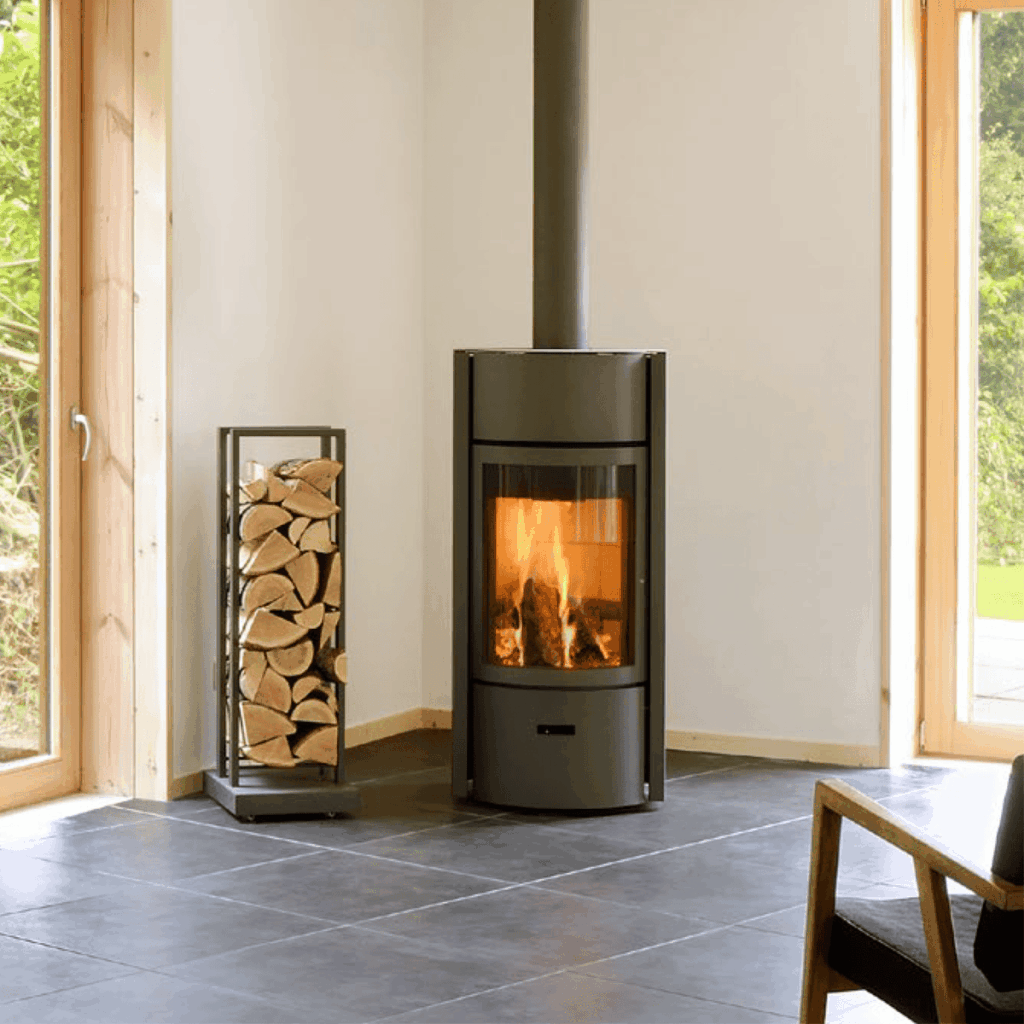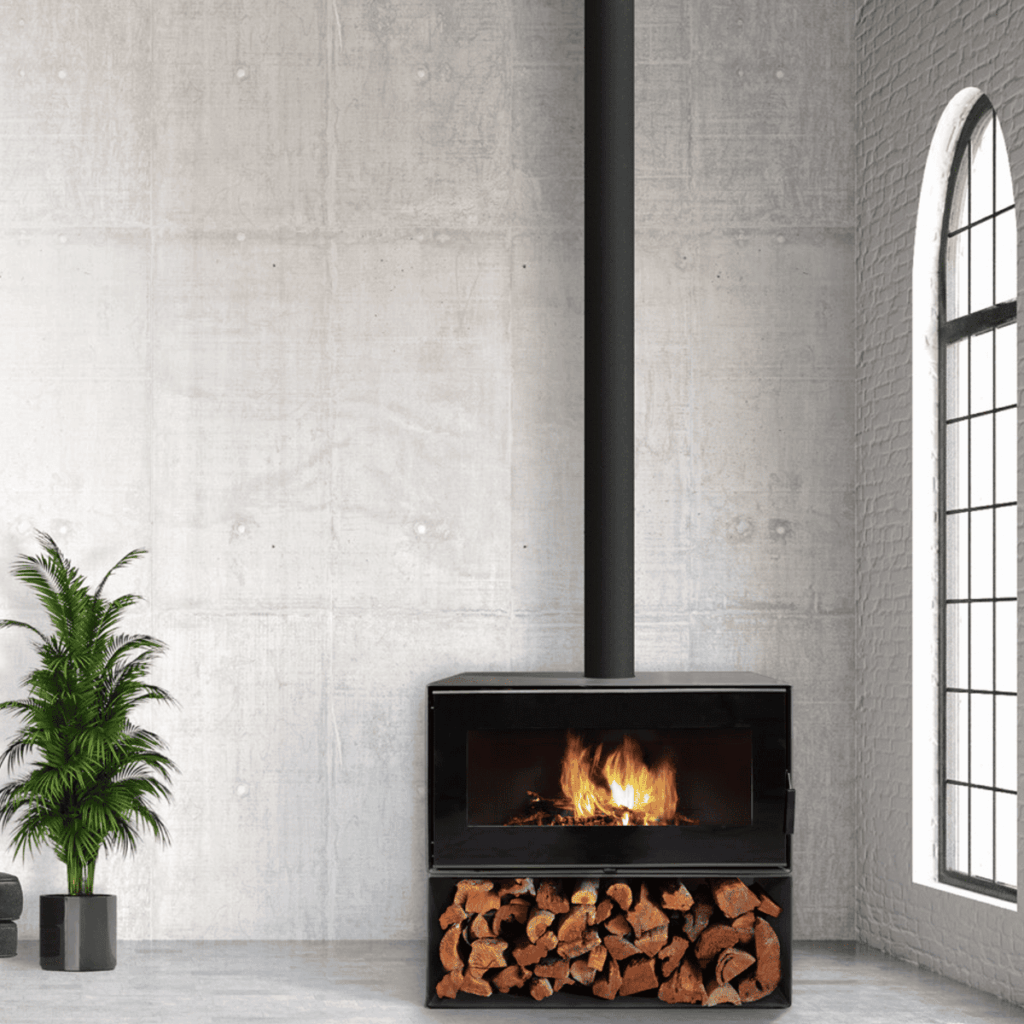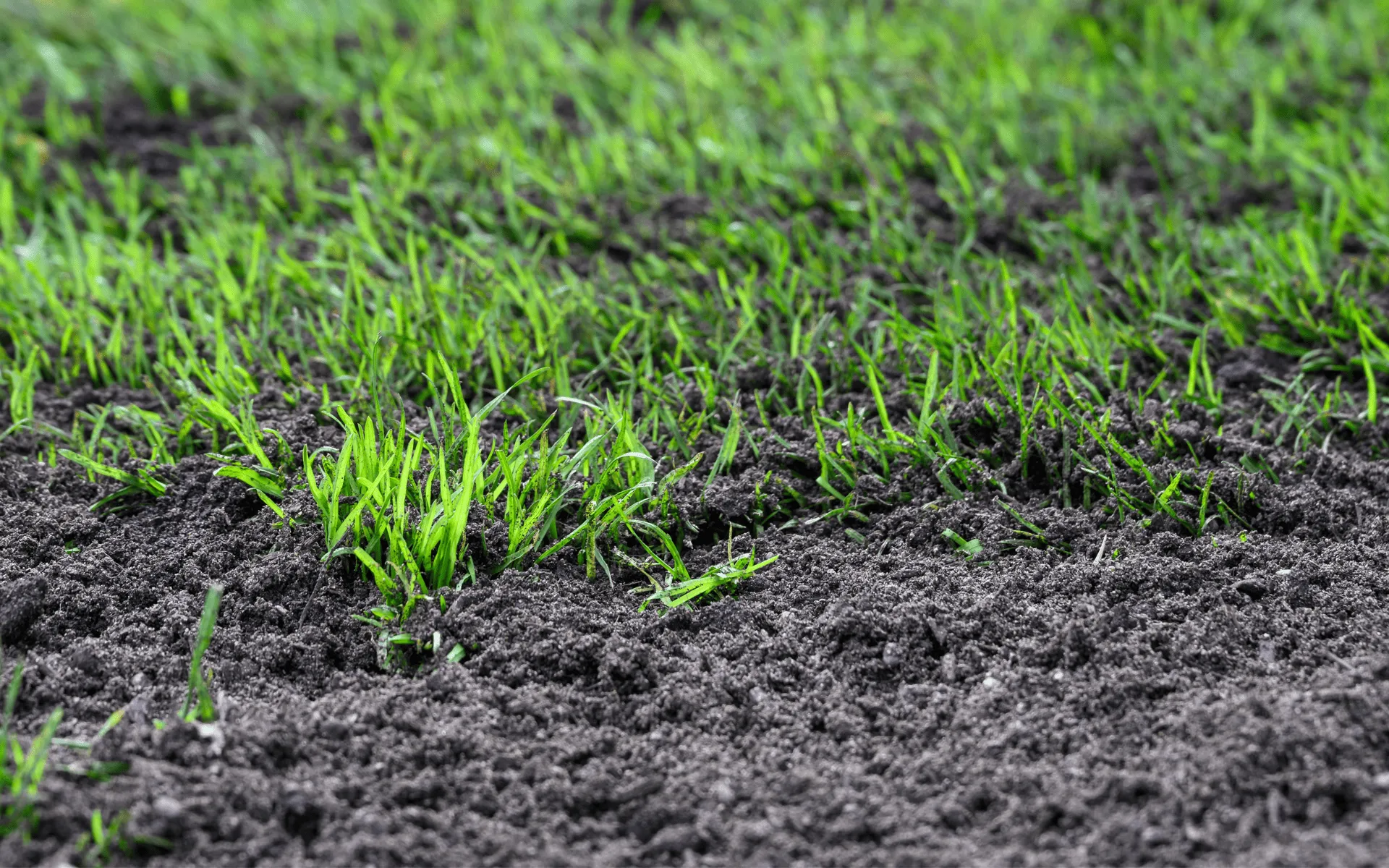
Whether you’re curled up with a good book or hosting a laid-back evening with friends, the warmth and atmosphere a wood fireplace provides are hard to beat. But in a time when environmental impact is front and centre in many purchasing decisions, the traditional wood heater can seem like an outdated, unsustainable option.
Thankfully, that’s no longer the case.
Modern wood fireplaces have evolved. With improved efficiency, cleaner-burning technology, and more responsible fuel sourcing, they now offer the ideal balance between sustainability and comfort. In short, you don’t have to choose between being environmentally conscious and enjoying the ambience only a real fire can deliver.
Let’s explore how today’s wood fireplaces are offering the best of both worlds for Australian homes.
Why Wood Fireplaces Remain a Winter Favourite
In cities like Melbourne, where winters can be damp, chilly, and grey, a wood fireplace brings more than just physical warmth. It adds character and atmosphere to a home in a way that no gas or electric heater can quite replicate. There’s something about real flames—the flickering light, the gentle crackle—that creates a sense of comfort and nostalgia.
Beyond aesthetics, wood fireplaces are also incredibly effective at heating. Unlike some electric units that struggle to warm larger spaces, a properly installed wood heater can easily heat an open-plan living area. And with options that include both radiant and convection heating, homeowners can select a fireplace that suits their home’s layout and insulation level.
But efficiency and ambience are just the beginning. What’s really changing the game is how environmentally friendly modern wood fireplaces have become.

Sustainable Fuel Options: Choosing the Right Firewood
Of course, the efficiency of your wood fireplace depends just as much on what you burn as on the unit itself.
To maintain an eco-conscious approach, it’s essential to choose sustainably sourced, well-seasoned hardwood. Burning green or damp wood not only produces more smoke and pollution but also contributes less heat and can cause build-up in your flue system.
In many parts of Australia, it’s possible to source plantation-grown or responsibly harvested firewood that complies with environmental regulations. Using such fuel supports ethical forestry practices and ensures long-term availability of resources.
Better still, using firewood as a heating source—especially when locally sourced—can be considered a renewable energy solution. Trees absorb carbon dioxide as they grow, and when firewood is burned efficiently, it releases roughly the same amount of carbon it absorbed during its life cycle. This creates a closed carbon loop when compared with fossil fuels, which release carbon that’s been trapped underground for millions of years.
Design Choices for Modern Homes
Today’s wood fireplaces are not only efficient—they’re stylish too. Far from the bulky black boxes of decades past, modern designs are sleek, minimal, and available in a variety of finishes to suit any décor style.
Whether you’re after a freestanding fireplace to act as a centrepiece or an inbuilt model that seamlessly integrates into your living space, there are options to match both aesthetic preferences and functional needs.
Some newer designs include double-sided or see-through fireplaces that can provide heat and ambience to two adjoining rooms. Others come with added features like thermostatic control, outside air intake, or even the ability to heat water for domestic use.
And with the right installation, your wood fireplace can be used in conjunction with passive solar principles, retaining heat during the day and distributing it slowly through the evening.
Saving on Energy Bills the Natural Way
With energy prices on the rise across Australia, many homeowners are looking for alternatives to running electric heaters or ducted gas systems all winter long. A wood fireplace offers a natural, off-grid solution that can dramatically reduce reliance on the power grid.
Especially for rural properties or off-grid homes, a wood heater is more than just a nice feature—it’s a practical, cost-effective necessity.
Even in suburban areas, homeowners with access to affordable firewood can benefit from lower winter energy bills without compromising on comfort. Over time, the cost of installing a quality wood fireplace can pay for itself through energy savings.

Simple Ways to Maximise Eco-Friendly Performance
While modern wood fireplaces are designed to be more efficient, how you use them still matters. A few practical tips can make all the difference in reducing your environmental impact:
- Use seasoned hardwood only – It should be dry and dense. Avoid burning pine, treated timber, or green wood.
- Keep your fireplace and flue clean – Regular maintenance improves airflow and reduces smoke emissions.
- Start your fire the right way – Use dry kindling and a top-down method to produce less smoke during start-up.
- Don’t overload the firebox – A moderate, steady burn is more efficient than cramming in too much wood.
- Consider zoning your home – Close off unused rooms to concentrate heat where it’s needed.
These small adjustments not only improve your fireplace’s eco credentials but also make for a better overall experience—more heat, less waste, and a longer life for your unit.
Bringing It All Together: Eco-Friendly Heat with Heart
At the end of the day, heating your home shouldn’t feel like a compromise between comfort and conscience. With modern wood fireplaces, it doesn’t have to be.
You get the ambience of real flames, the cosy warmth that fills a room, and the satisfaction of knowing you’re making an environmentally responsible choice. Whether you’re building a new home or retrofitting an older one, there’s a wood heater option that suits your needs, tastes, and values.










